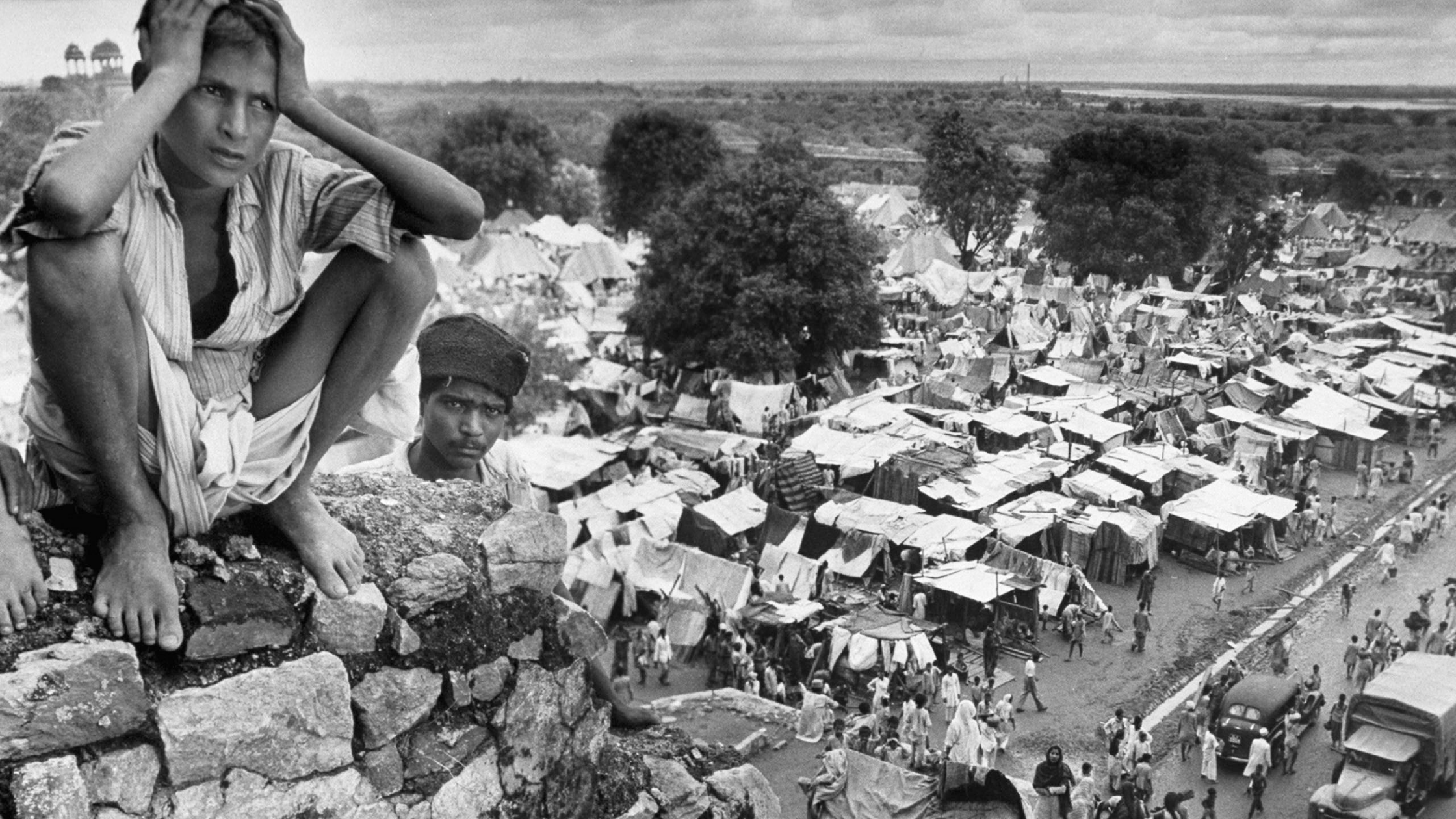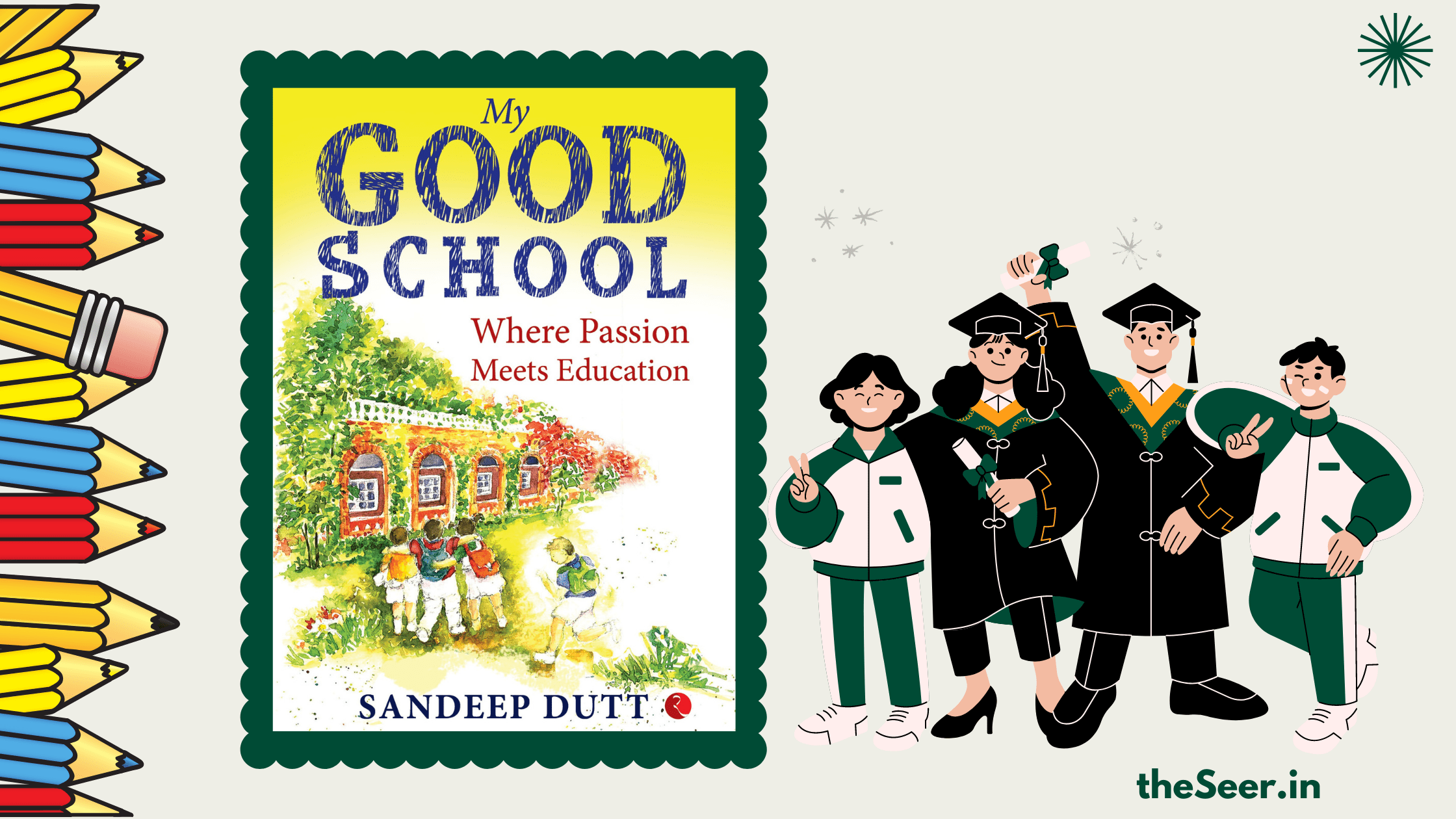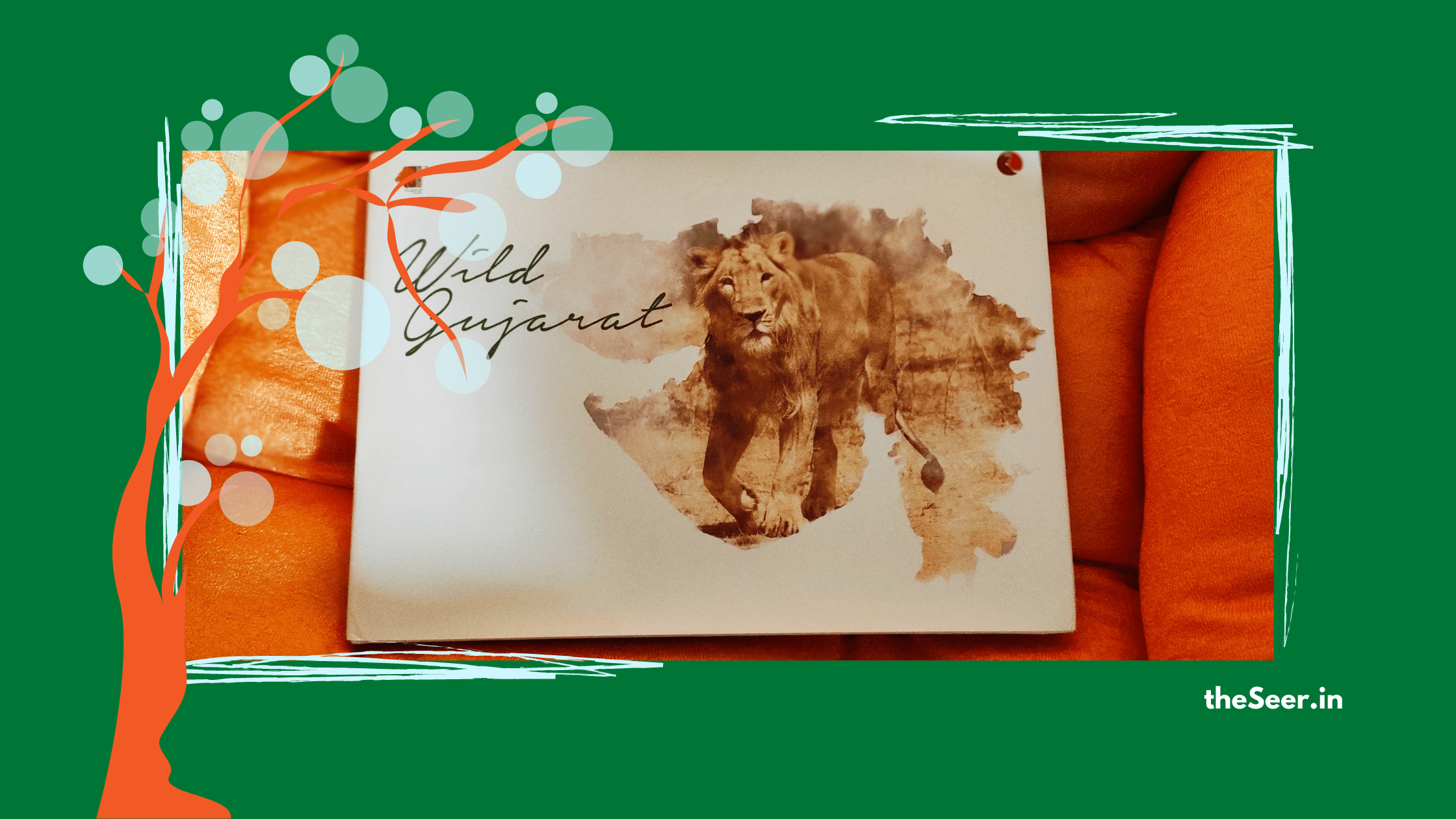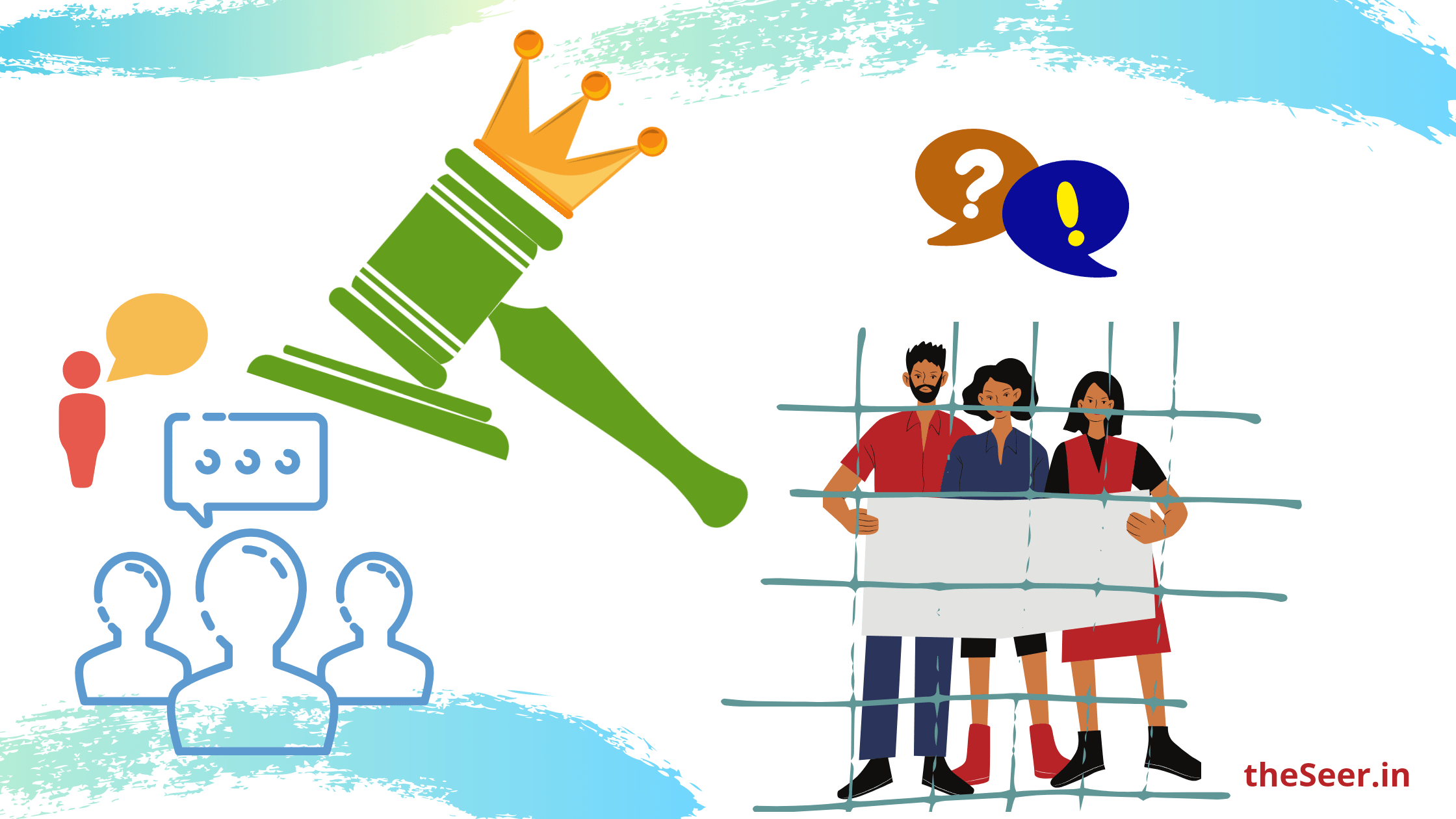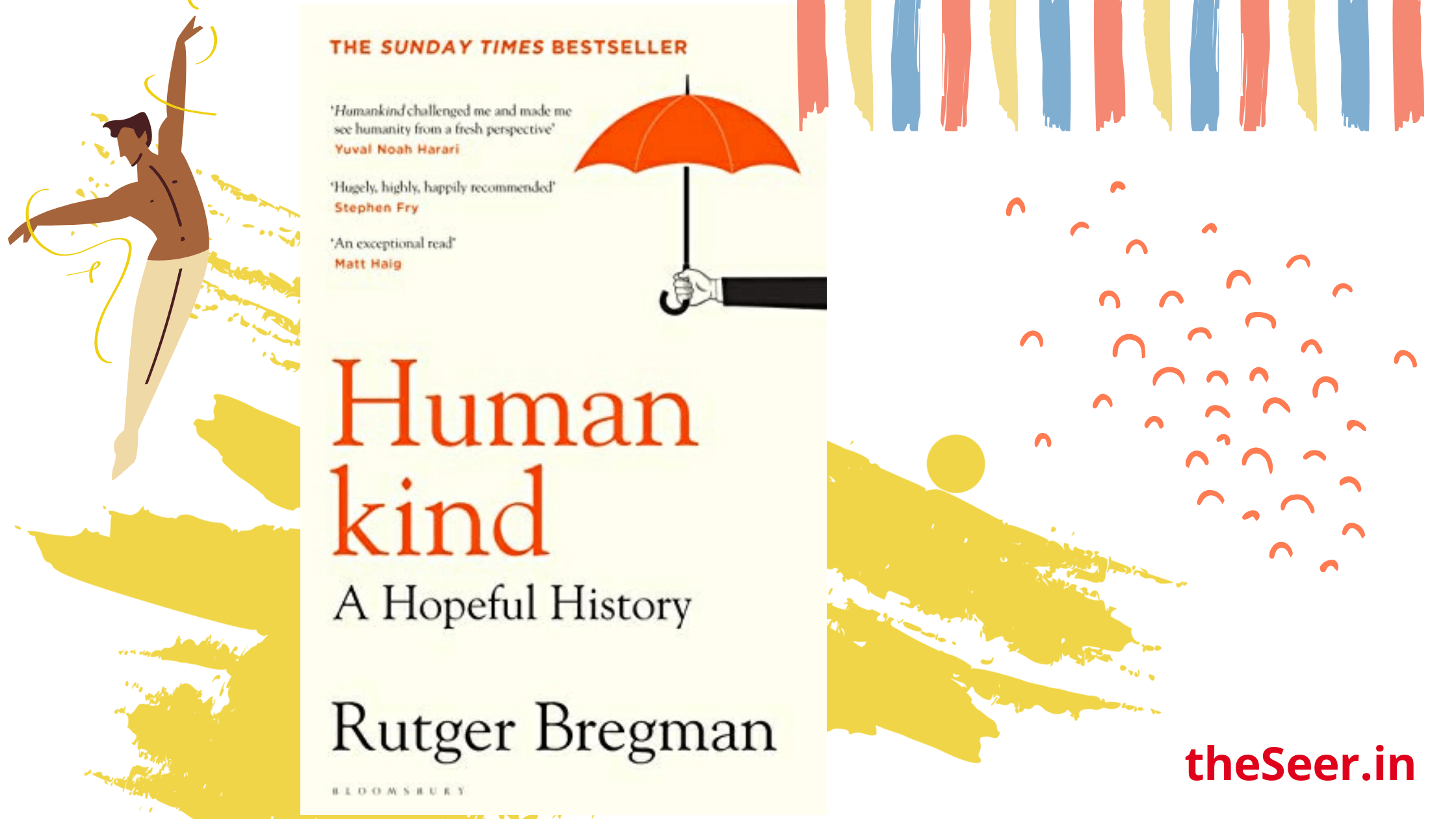The government has notified 14th August as ‘Partition Horrors Remembrance Day’. Citizens have expressed their views about the declaration. While many have thanked the government for the decision, there are a few who do not like the idea. We will go to the most commonly cited reasons for the apparent dislike in a while. I have a few other things to mention at the outset.
For most of us in our 40s, 30s, and 20s, partition has been a non-event. Thanks to the ideologically sold-out historians in charge of our textbooks, the partition seemed like a clerical routine, a formality to be completed before we could get our freedom. If you didn’t look for it, you wouldn’t find it. Why was it so? Was it to let our wounds heal or to shut our eyes on them while they festered across our body for the want of good nursing? These can be difficult questions but they have answers, no matter how inconvenient!
Long ago, I met with an accident while riding my bike. My foot was badly hurt with deep cuts which couldn’t be stitched in the hospital. The only way out was regular disinfection of the wounds, application of ointments, and a bandage dressing that needed to be changed every day. I hated the routine but there was no other way. This went on for about two weeks. After two weeks, the nurse noticed some dry tissues on top of the wound. I thought the wound was healing. Before I could feel any comfort at the development, in a blink of an eye, the nurse tore off the tissue. The insides had very little improvement and he went back to cleaning and dressing the wounds. This was the longest I had nursed a wound. I was not allowed much movement for about a month. Now, if this wound were to be wrapped in a bandage, never to be opened again without any sterilization, cleansing, or nursing, the inevitable consequences would have been either amputation or death!
Separate land for the Muslim population was demanded. Mohammad Ali Jinnah launched the Direct Action Day to insist on a ‘divided India or a destroyed India’. Jinnah’s supporters and all the people who wanted a separate country for Muslims came on the streets. Riots between Muslims and Hindus broke out. More than 4000 people lost their lives and 100,000 were left homeless in just 72 hours in Kolkata. In the months of October-November of the same year, in the Noakhali district (now in Bangladesh), the Hindu population was massacred in an organized attack by the Muslim rioters. More than 5000 people were killed, thousands looted, raped, and forcefully converted to Islam. Around 50,000 to 70,000 refugees were sheltered in the refugee camps at different places. This was not during the partition and happened in 1946. The cycle of bloodbath kept running without rest. There were no gods on earth or in the heavens. This land was drenched in the blood of her people. I am not even going into what happened to the minorities in Pakistan (both eastern and western) after the partition.
The wound had been festering since Syed Ahmed Khan’s insistence that Hindus and Muslims were two different nations in a nation of many nations. There were a few good doctors who tried to limit the damage, contain the infection but most of them looked the other way. The idea was brought to fruition in the form of a tragic amputation of the Indian land and its people. So, next time you hear your well-meaning friend telling you that India is a nation of many nations, prod a little more for his rhyme and reason. Scratch the surface and you will find a secessionist or separatist hidden beneath.
A lot has been written about the number of people affected. I will not go there as the most modest numbers pale the most inhuman tragedies in other parts of the world. I will be concerned with the makings of the partition and their fading memories. Why has partition been allowed to become a mere blip in our history books or popular retellings of our country’s history? When millions of people were looted, raped, and killed, why did the partition become an event sanitized off its blood-stink of sectarian fanaticism and identity politics so quickly and so easily? Our doctors who were trusted with the healing process wrapped a piece of rag on it and left the nation to keep the amputation operation alive, to inflict on us a slow and painful death from our festered wounds, to forget that once upon a time Pakistan was India, to legitimize the demand for an independent Kashmir, to uproot the Indian people from their fertile and well-cultivated land physically, mentally, as well as spiritually so that one day, a so-called history buff from the Bollywood would nonchalantly tell us that India was born in 1947!
The court historians of the congress party were tasked with two jobs:
1. Establish that India won her freedom without spilling a drop of blood.
2. Establish that there were only two people chiefly responsible for India’s freedom.
3. Erase all such instances of violence from the minds and hearts of the Indian public where the perpetrators identified themselves as Muslims.
They did their job well but paper boats don’t sail too far.
Some of the opposers of the move have said that a lot has already been written over the partition. This essentially means that they want the partition to be their pet project so that they can keep collecting grants and funds from the world in the name of governmental apathy.
The neo-Marxists want to forget the partition. This is the group that is hypocrisy redefined and underlined. They want to remember the upper caste atrocities through books, movies, and every literature festival and subway graffiti of the world. Personal becomes political and political becomes personal. They want to keep reminding you of your savarna privilege at the most innocuous of your expressions. However, ‘reminiscing the partition’ becomes the Van de Graaff generator leaving their hair strands all shocked and alarmed!
A few intellectual roleplayers wrote while defending Holocaust Memorial as well as International Holocaust Remembrance Day and protesting Partition Horrors Remembrance Day that in the holocaust, there was just horror and that there were no positive stories. However, the partition also had positive stories of help and support. They also added that the holocaust had one clear villain but during the partition, both the communities suffered equally. This is the most juvenile and the most insecure argument put forth. The suggestion that both the communities suffered is true but clearly, there was only one villain – the group which wanted to see a ‘divided India or a destroyed India’. There are no two ways about it. Holocaust too had stories of hope and help, but these folks have spent too much of their time using government vouchers in 7-star hotels and holiday vacations outside India to find time to read anything on that.
I maintain that the announcement has come 75 years too late. My celebration of Independence Day has been a chequered experience since the time I learnt about partition and its horrors. I think it will remain so for the general people of our country. You can’t unsee, un-remember, unlive partition – or the horrors of it. It will be remembered no matter how inconvenient it may be for some people who are too thin-skinned for truth and have their sense of entitlement under threat with the announcement. For any healing to commence, it must not be a product of lies and cover-ups. A truth and reconciliation commission on the lines of the South African initiative will be a positive second step in this direction.
References: Halfway to freedom: a report on the new India in the words and photographs of Margaret Bourke-White
Photograph: Margaret Bourke-White
Like what you just read? Become TheSeer Insider. You will be receiving a letter from us once in a while to help you live a more mindful life. Enter your email id below and click on subscribe. We won’t spam you, ever!

